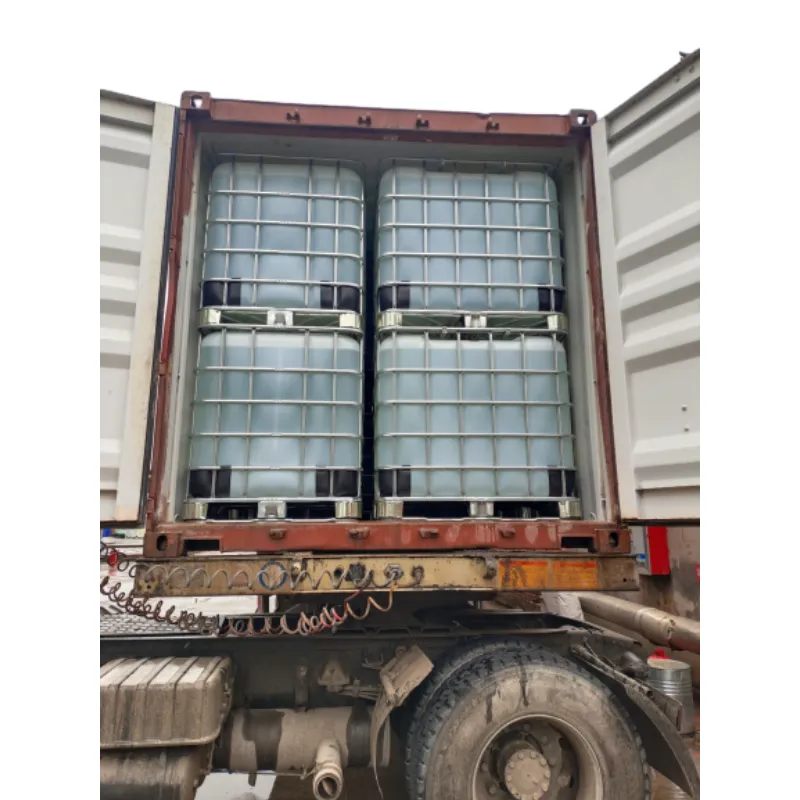
sodium bicarbonate for food
Sodium Bicarbonate for Food A Versatile Ingredient in the Kitchen
Sodium bicarbonate, commonly known as baking soda, is a versatile compound with a wide array of uses in the culinary world. Beyond its well-known role as a leavening agent, this alkaline substance has various applications that enhance food texture, flavor, and preservation. This article dives into the multifaceted benefits of sodium bicarbonate in cooking and baking, exploring its common uses and the science behind it.
Leavening Agent
One of the primary functions of sodium bicarbonate in baking is its ability to act as a leavening agent. When mixed with an acid, such as vinegar, lemon juice, or yogurt, sodium bicarbonate undergoes a chemical reaction that produces carbon dioxide gas. This gas forms bubbles that cause doughs and batters to rise, giving baked goods such as cakes, cookies, and breads their light and airy texture. The quantity of sodium bicarbonate required depends on the type of acid present in the recipe; too much can result in a bitter taste, while too little may prevent adequate rising.
Tenderizing Meat
Another fascinating use of sodium bicarbonate in the kitchen is its role in tenderizing meat. It works by modifying the pH of the meat's surface, which can help break down protein structures, making the meat more tender. To use baking soda as a tenderizer, simply sprinkle a small amount over the meat and let it sit for 15-20 minutes before rinsing it off. This method is particularly effective for tougher cuts of meat, ensuring a more enjoyable dining experience.
Enhancing Flavor and Color
Sodium bicarbonate can also be employed to enhance the flavor and color of various dishes. In vegetables, especially those that are green, a pinch of baking soda can help maintain vibrant colors during cooking. It raises the pH level of the water, which can prevent the leaching of chlorophyll. However, this use is controversial, as it can also lead to a mushy texture if overused. Chefs often debate the merits of using baking soda in vegetable preparation, weighing its potential to enhance color against the risk of impacting texture.
sodium bicarbonate for food

Additionally, sodium bicarbonate can help in reducing acidity in certain recipes. For instance, when cooking tomato-based dishes, a small amount of baking soda can neutralize excess acidity, leading to a more balanced flavor profile. It’s important to use this method sparingly, as adding too much can detract from the intended taste of the dish.
Food Preservation
Beyond cooking and baking, sodium bicarbonate can serve as a food preservative. It helps inhibit the growth of certain bacteria and molds, extending the shelf life of various food items. It’s commonly used in fruit preservation to help prevent browning and spoilage, making it an essential ingredient for those looking to prolong the freshness of their produce.
Safety and Culinary Considerations
While sodium bicarbonate is generally recognized as safe for consumption, it is essential to use it judiciously. Consuming excessive amounts can lead to alkalosis, a condition resulting from too much base in the body, which can disrupt normal bodily functions. Additionally, bakers should carefully measure sodium bicarbonate to ensure it complements the recipe properly, avoiding any negative impact on flavor or texture.
Conclusion
Sodium bicarbonate is more than just a pantry staple for baking; it is a multifunctional ingredient that can transform culinary experiences. Its leavening properties, meat tenderizing capabilities, flavor enhancement, and preservative functions showcase its importance in the kitchen. Whether you are an amateur cook or a seasoned chef, understanding and utilizing sodium bicarbonate can elevate your cooking and baking endeavors.
-
Understanding Synthetic Rubber OptionsNewsApr.27,2025
-
Trichloroisocyanuric Acid: Essential for Clean and Safe WaterNewsApr.27,2025
-
Sodium Dichloroisocyanurate: Key to Safe Water TreatmentNewsApr.27,2025
-
Sodium Acid Pyrophosphate: Essential in Modern Food ProcessingNewsApr.27,2025
-
Essential Water Treatment ChemicalsNewsApr.27,2025
-
Denatured Alcohol and Its Industrial UsesNewsApr.27,2025
-
The Versatile Uses of Sodium BicarbonateNewsApr.24,2025
Hebei Tenger Chemical Technology Co., Ltd. focuses on the chemical industry and is committed to the export service of chemical raw materials.
-

view more DiethanolisopropanolamineIn the ever-growing field of chemical solutions, diethanolisopropanolamine (DEIPA) stands out as a versatile and important compound. Due to its unique chemical structure and properties, DEIPA is of interest to various industries including construction, personal care, and agriculture. -

view more TriisopropanolamineTriisopropanolamine (TIPA) alkanol amine substance, is a kind of alcohol amine compound with amino and alcohol hydroxyl, and because of its molecules contains both amino and hydroxyl. -

view more Tetramethyl Thiuram DisulfideTetramethyl thiuram disulfide, also known as TMTD, is a white to light-yellow powder with a distinct sulfur-like odor. It is soluble in organic solvents such as benzene, acetone, and ethyl acetate, making it highly versatile for use in different formulations. TMTD is known for its excellent vulcanization acceleration properties, which makes it a key ingredient in the production of rubber products. Additionally, it acts as an effective fungicide and bactericide, making it valuable in agricultural applications. Its high purity and stability ensure consistent performance, making it a preferred choice for manufacturers across various industries.











